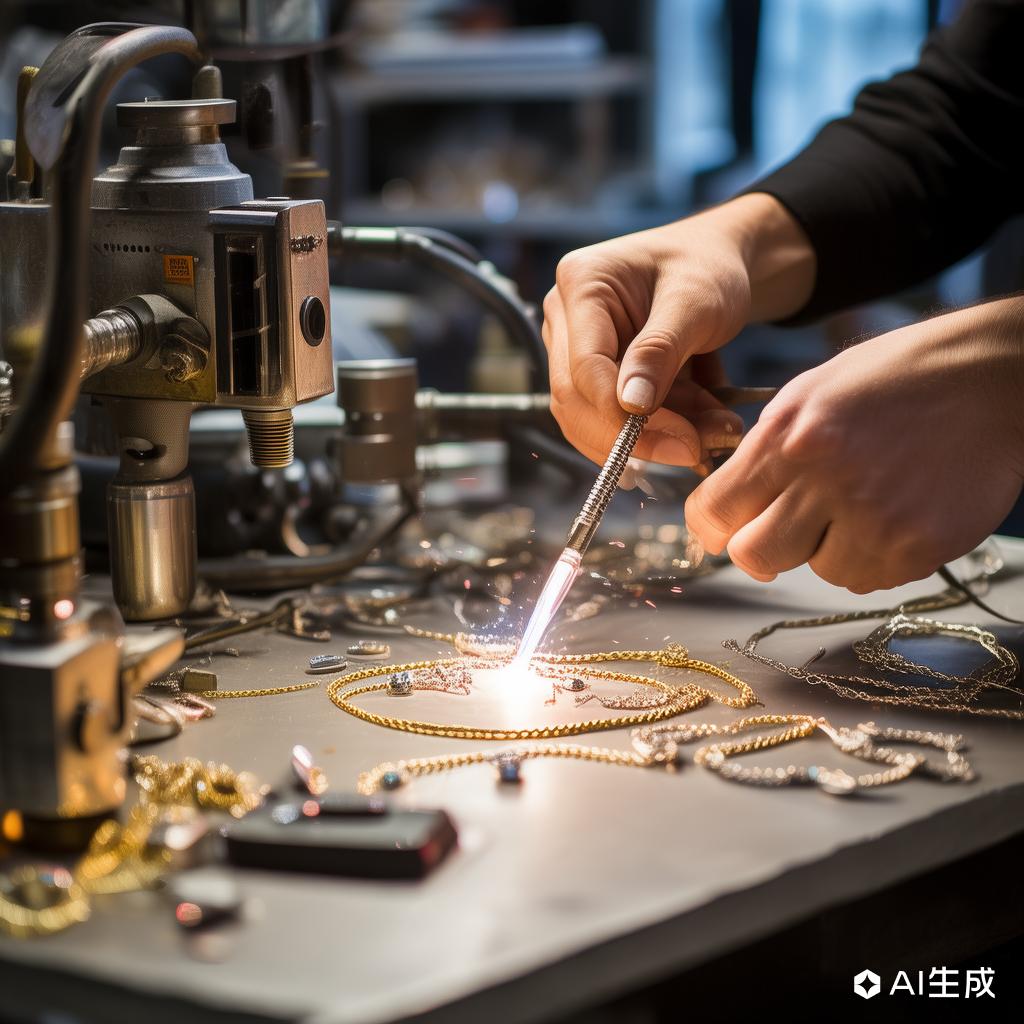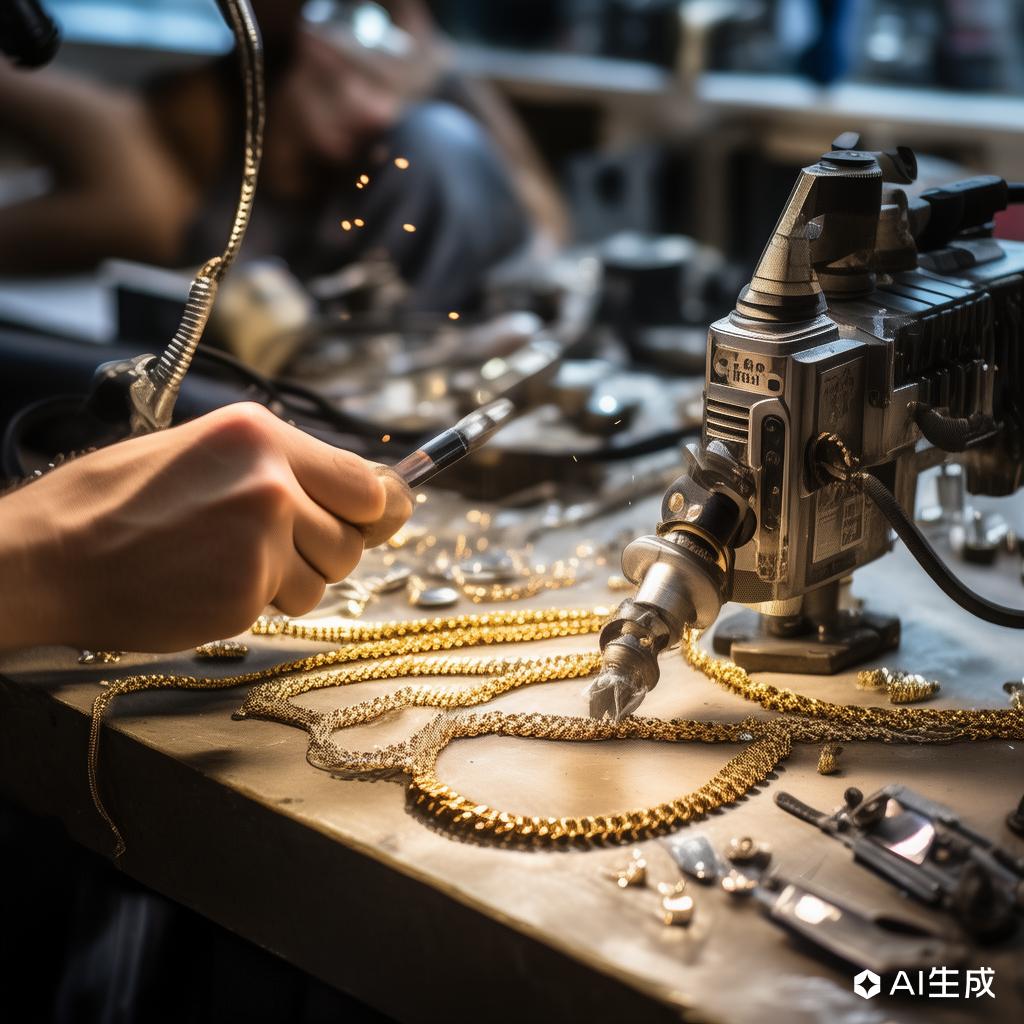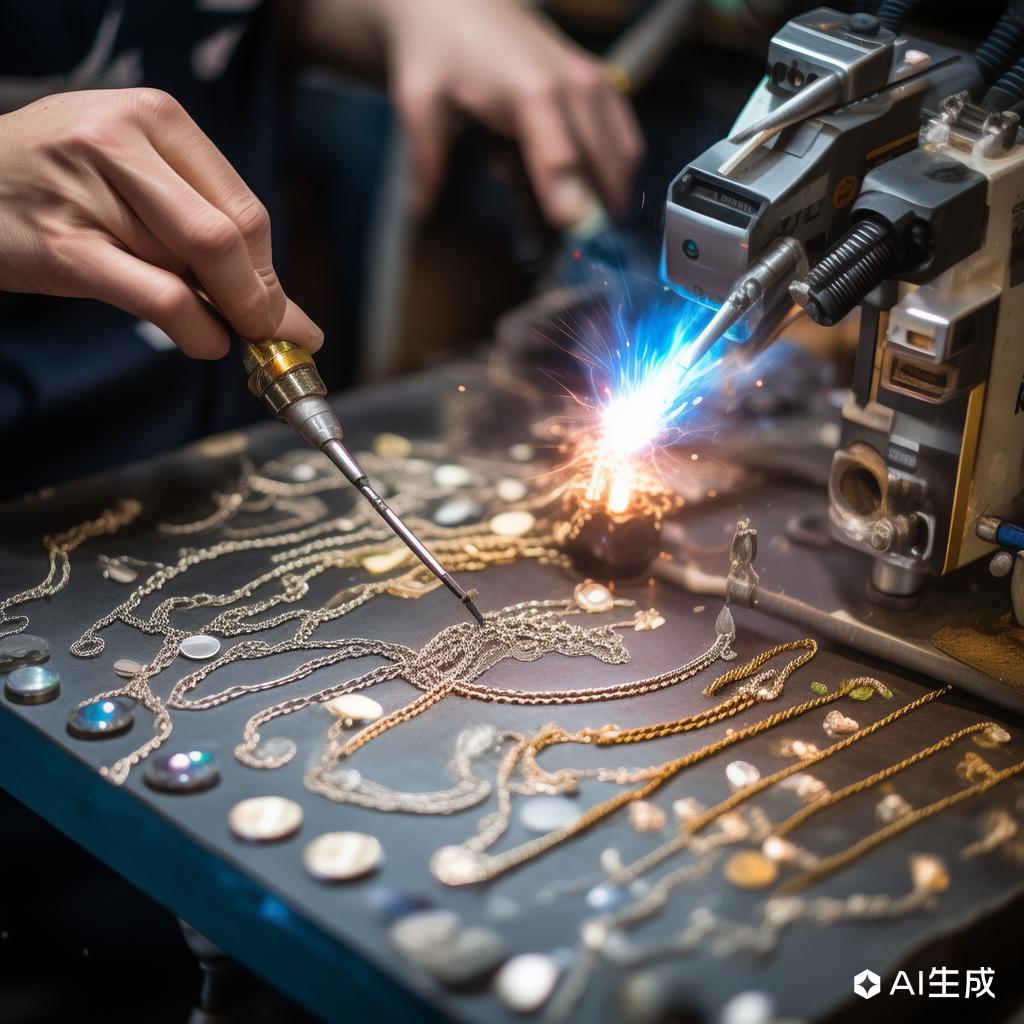Unlocking the Art of Jewelry Welding: Techniques and Tips for Perfect Metal Fusion
Share



Welding in the realm of jewelry making is a meticulous and artistic process that requires both skill and precision. This article delves into the various techniques, tools, and best practices involved in the jewelry welding process, ensuring that your creations are not only beautiful but also durable.
### Understanding Jewelry Welding
Jewelry welding is the process of joining two or more metal pieces together to create a seamless bond. This technique is essential for crafting intricate designs and ensuring the longevity of the piece. There are several methods of welding used in jewelry making, including laser welding, TIG (Tungsten Inert Gas) welding, and soldering.
### Key Techniques
1. **Laser Welding:**
- **Precision:** Laser welding offers unparalleled precision, making it ideal for delicate jewelry pieces.
- **Control:** The ability to control the heat input minimizes the risk of damaging gemstones.
- **Speed:** This method is faster than traditional soldering, increasing productivity.
2. **TIG Welding:**
- **Versatility:** TIG welding can be used on a variety of metals, including gold, silver, and platinum.
- **Strength:** The welds produced are strong and durable.
- **Aesthetics:** TIG welding creates clean, aesthetically pleasing joints.
3. **Soldering:**
- **Accessibility:** Soldering is more accessible for hobbyists and small-scale jewelers.
- **Cost-Effective:** The equipment required for soldering is generally less expensive than laser or TIG welding setups.
- **Flexibility:** Soldering allows for the joining of dissimilar metals.
### Essential Tools
- **Welding Machine:** Depending on the method, this could be a laser welder, TIG welder, or soldering torch.
- **Jeweler's Tools:** Pliers, tweezers, and files for manipulating and finishing the metal.
- **Safety Gear:** Safety glasses, gloves, and a well-ventilated workspace.
### Best Practices
- **Cleanliness:** Ensure that all metal surfaces are clean and free from oxidation before welding.
- **Proper Ventilation:** Welding produces fumes that can be harmful, so always work in a well-ventilated area.
- **Heat Control:** Managing the heat is crucial to prevent warping or damaging the metal and gemstones.
- **Practice:** Like any skill, jewelry welding improves with practice. Experiment with different techniques and metals to hone your craft.
### Maintenance and Care
After welding, it's essential to properly finish and maintain the jewelry piece. This includes cleaning, polishing, and storing the piece correctly to prevent tarnish and damage.